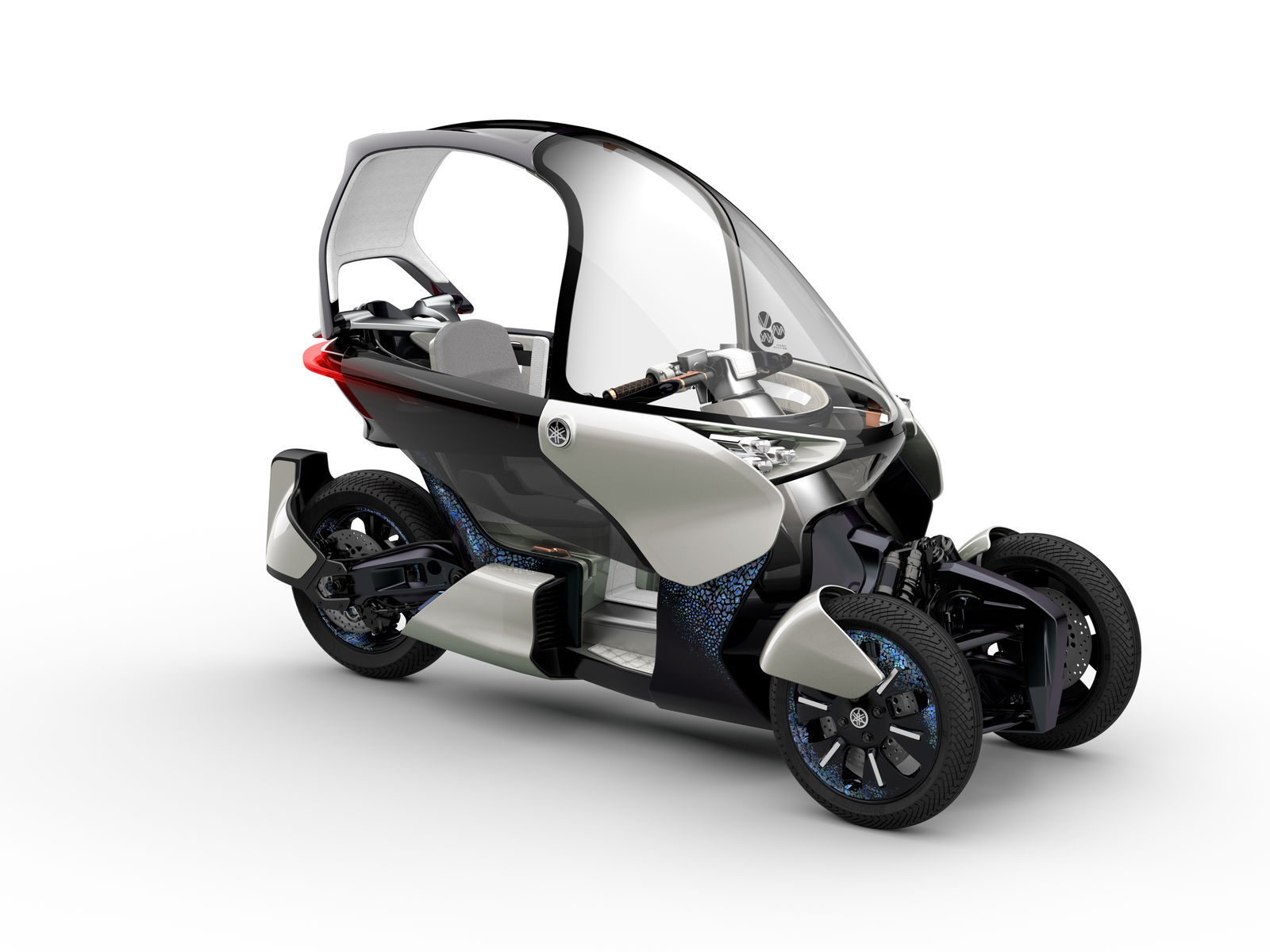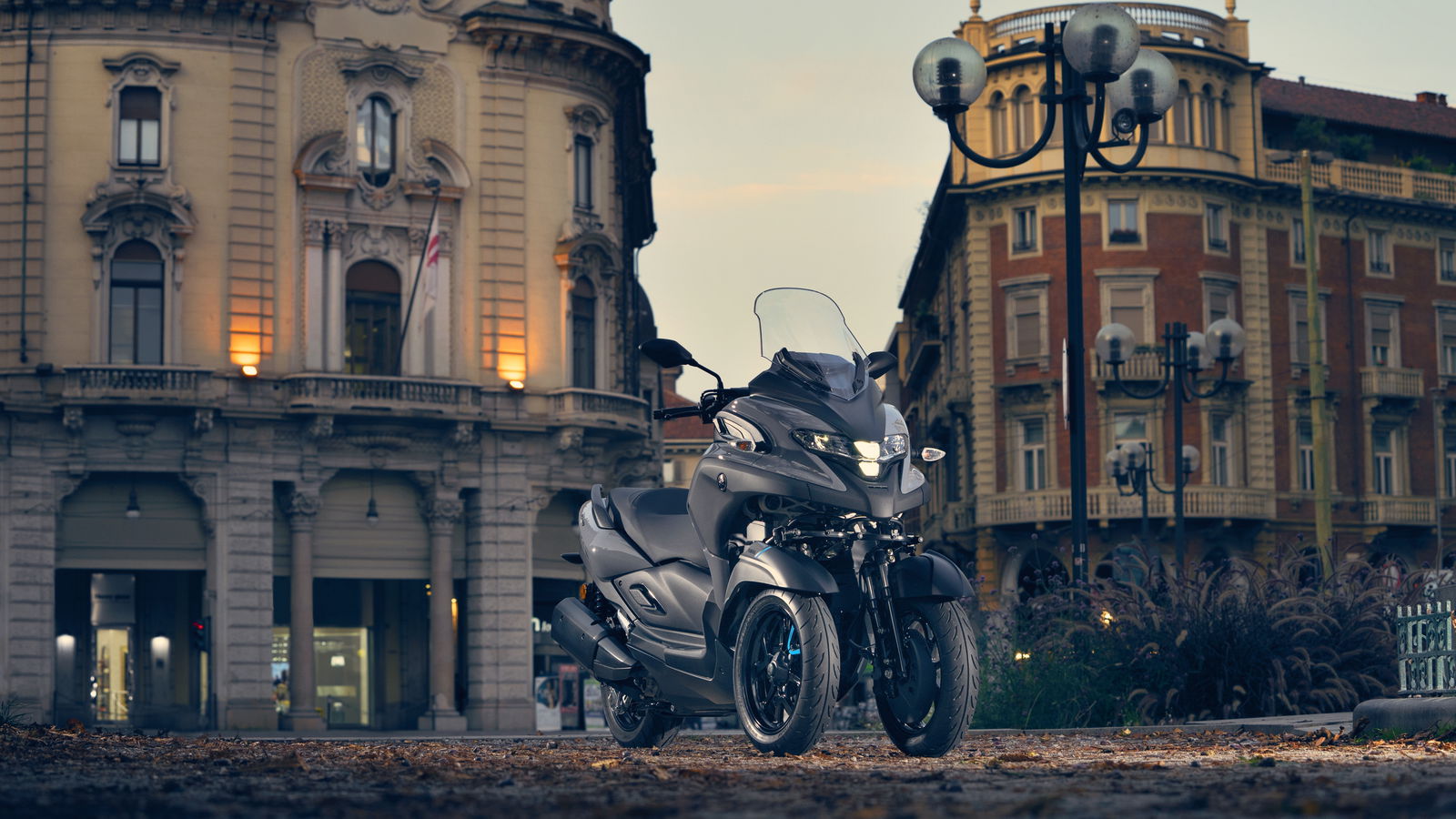Tokyo Motor Show: 2020 Yamaha Tricity 300 3-wheel scooter revealed
A new flagship Yamaha Tricity 300 is revealed at the 2019 Tokyo Motor Show alongside a bold concept LMW, the Yamaha MW-VISION

The Yamaha Tricity 300 3-wheel scooter has debuted at the 2019 Tokyo Motor Show, alongside a leaning three-wheeler concept named the Yamaha MW-VISION.
A new flagship for the Yamaha Tricity range, the 300 is the latest entry into the three-wheel market for Yamaha slotting in above the Tricity 125 and below the NIKEN.
Dubbed a ‘premium multi-wheel model’ the Yamaha Tricity 300 debuts a fresher look for the Tricity range with its bluff front-end and more muscular stance, while the Iwata firm is promising best-in-class specification, pricing and quality.
Interestingly, Yamaha stresses the Tricity 300 can be ridden by customers with a full “B” car licence making it one of the most accessible larger capacity models available, which it says has the ‘potential to appeal to a whole new audience’.
Full details will be confirmed at EICMA on November 4 when the Yamaha Tricity 300 makes its European debut in the market where it is expected to generate a large portion of its sales.

Yamaha MW-VISION looks to the future
Also on display in Tokyo – alongside a host of other debuts revealed prior to the event – is the Yamaha MW-VISION, which takes the same LMW (Leaning Multi Wheel) technology as showcased in the Tricity and NIKEN to an advanced level.
Designed to provide greater comfort and peace of mind, the MW-VISION is a closed-cockpit tricycle that blurs the lines between motorcycle and more traditional automobiles with the ultimate aim to make it easier to handle and manoeuvre.
Equipped with something called ‘attitude control’ – a feature that isn’t quite explained in the press release – the MW-VISION offers, according to Yamaha, ‘interactive communication between the user and the vehicle through sound and light for all-new mobility experiences, the YAMAHA MW-VISION suggests how the fusion of robotics and mobility technologies can produce forms of mobility more in tune with human sensitivities’.
Yamaha Tricity 300 Images



.jpg?width=1600)
.png?width=1600)